Many times, people raising fish in cages on Nghen River ( Ha Tinh ) have suffered losses due to mass fish deaths. Despite warnings from authorities, people have not paid attention to implementation.
Fish raised in cages on Nghen River, below Do Diem wharf, of Thach Son commune people died on October 6.
On October 6, people in Song Hai village (Thach Son commune, Thach Ha district) were heartbroken to see all the barramundi fish raised in more than 200 cages on Nghen river below Do Diem sluice gate die.
According to statistics from the People's Committee of Thach Son commune, the number of dead fish reached 50 tons, each fish weighed an average of 0.8 - 3kg and had been raised by people for 1 - 3 years. Some of the dead fish had even been raised for 3 - 4 years.
The fish cage farming area of Thach Son people is only about 200m from Do Diem sluice gate.
According to fish farmers, before the fish deaths occurred, the Do Diem sluice gate was opened to regulate water. However, on the morning of October 6, the discharge was large and the water was more turbid than usual. The large amount of fresh water flowing from the Do Diem sluice gate caused the farming environment in the cages to change suddenly, causing the fish to go into shock.
The Do Diem sluice gate that villagers mentioned is the project with the task of preventing salinity, keeping fresh water and draining floods, about 200m from the fish cage farming area.
In late September 2023, a prolonged period of heavy rain occurred in the province, causing water from upstream to flow in large volumes and the project had to open gates to regulate the water. Before regulating the water, the sluice operator notified the local authorities and people to plan to harvest fish or move cages to a safe place.
Over the years, many times people raising fish in cages on Nghen River have encountered fish deaths.
Party Secretary and Chairman of the People's Committee of Thach Son Commune, Tran Huu Nghia, said: Not only when the Do Diem wharf was operating to regulate water, but right from the beginning of the rainy season, the commune had recommended to households to proactively take measures to ensure safety for cages, especially the need to harvest fish that have reached commercial size early, to avoid unfortunate incidents that may occur. However, many households still did not comply.
According to Mr. Nghia, this is not the first time that fish in cages on the Nghen River have died. During the rainy season, when there is prolonged heavy rain in the province and especially when the Do Diem sluice gate operates to regulate water with a large flow, it is very easy for fish to die due to sudden changes in the farming environment.
Cage fish farming activities are mainly spontaneous.
According to information from the Ha Tinh Fisheries Department, aquaculture activities on the Nghen River are currently concentrated mainly in the two localities of Can Loc and Thach Ha with 72 farming households, 6 cage clusters corresponding to 380 cages; of which, Thach Son commune accounts for the largest number with 61 farming households.
Ms. Nguyen Thi Hoai Thuy - Head of Aquaculture Management Department (Ha Tinh Fisheries Department) said: "Faced with the recent death of fish in cages on Nghen River, Ha Tinh Fisheries Department has coordinated with local authorities to recommend people to take safety measures to reduce damage in farming.
Accordingly, people should release large-sized fish to harvest early before the flood season and closely monitor any unusual signs of the water environment; at the same time, harvest fish, put fish in the pond, move cages to another location to limit risks, especially when the Do Diem bara operates to regulate water...".
People suffered heavy losses when dozens of tons of fish died.
Despite being warned in advance by local authorities and relevant agencies, many farmers ignored the warning, leading to heavy losses. When asked about not moving cages away from the Do Diem sluice gate area when the water regulation project was underway, farmers said that doing so would be inconvenient in looking after and caring for the fish, especially when feeding them.
“Each time we feed the fish, we need 2-3 workers and we have to use boats to move them around, while the farmers are basically elderly people, so if we move the cages far away, feeding is almost impossible,” said Mr. Tran Van Hoa, a fish cage farmer in Thach Son commune.
On October 6, after receiving information that fish in cages in Thach Son commune had died en masse, the Ha Tinh Fisheries Department sent staff to coordinate with local authorities and farming facilities to conduct field inspections and guide farmers on environmental management measures and production improvements. After sending 3 water samples from the households' fish cage farming areas to the Northern Center for Environmental Monitoring and Aquatic Diseases (Aquaculture Research Institute 1) for analysis, the results showed that indicators such as temperature, dissolved oxygen in water, COD, TSS... were all within the allowable limits. The indicators with values not suitable for fish farming include: pH, salinity, alkalinity and total iron. Specifically, salinity at 3 monitoring points all have low values, alkalinity has a value 1.11 times lower than the Vietnamese standard, total iron content at 3 monitoring points all have values 1.6 - 2.0 times higher than the standard. No toxic algae were detected at 3 monitoring points. From there, the water quality analysis unit recommended that low salinity, low alkalinity and high total iron levels were unsuitable conditions for fish growth and development. High iron levels can interfere with fish respiration and cause toxicity, especially in juveniles. Low pH values can increase the toxicity of heavy metals. |
Minh Duc
Source


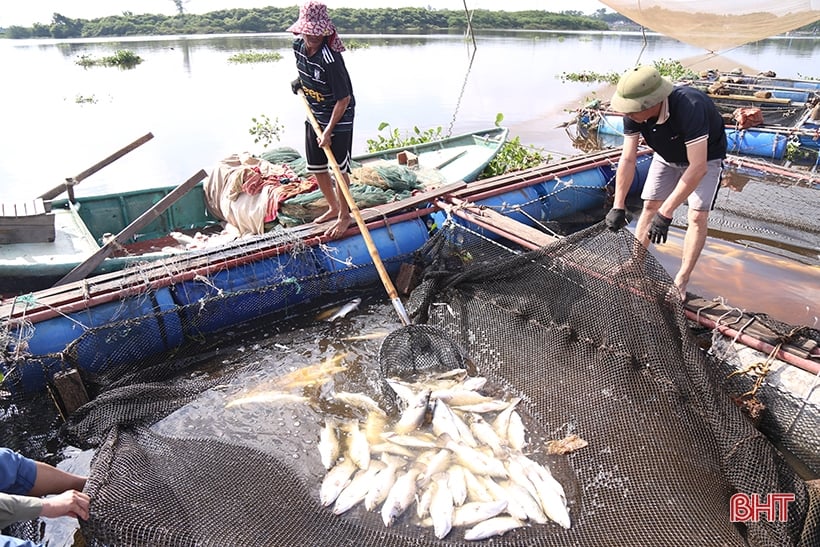
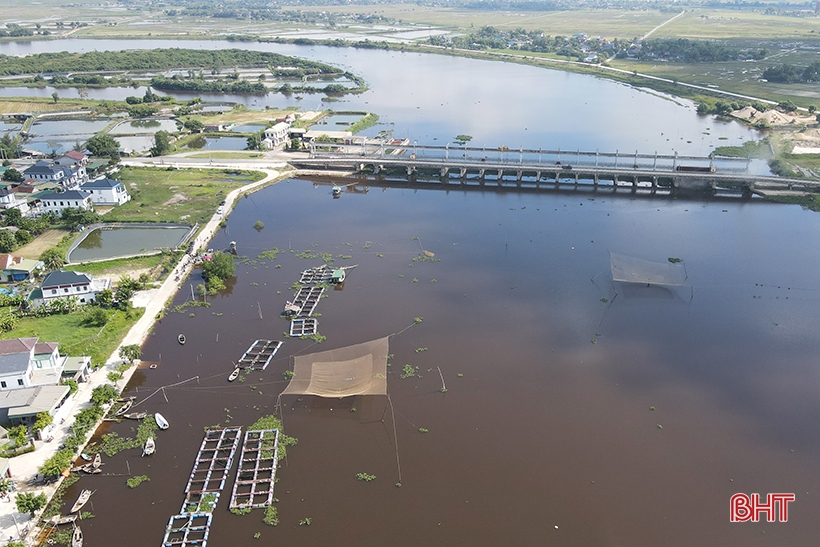

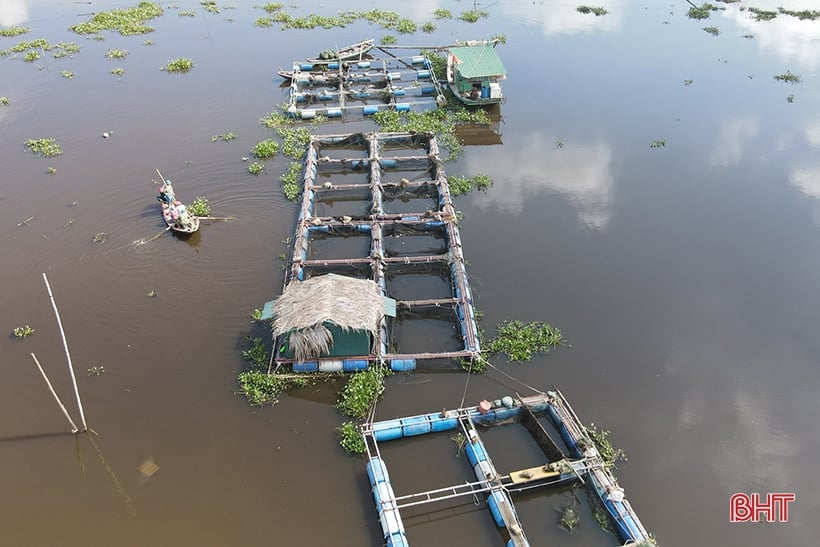
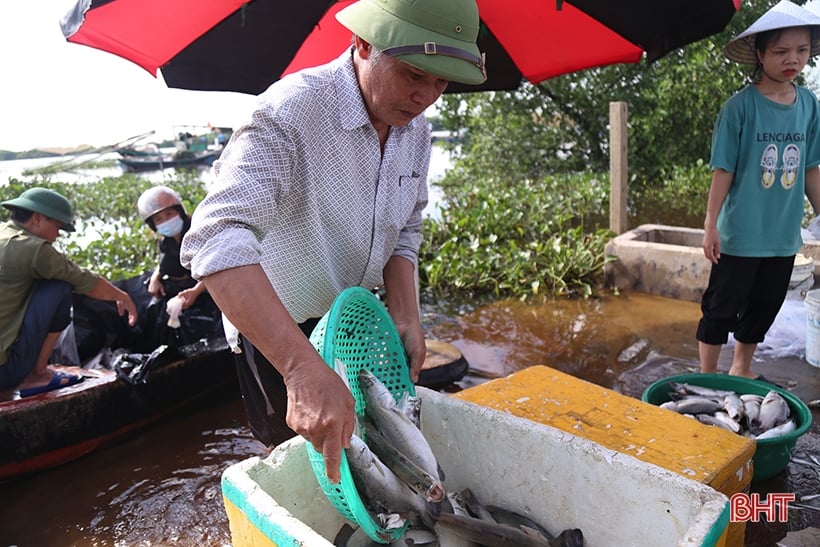


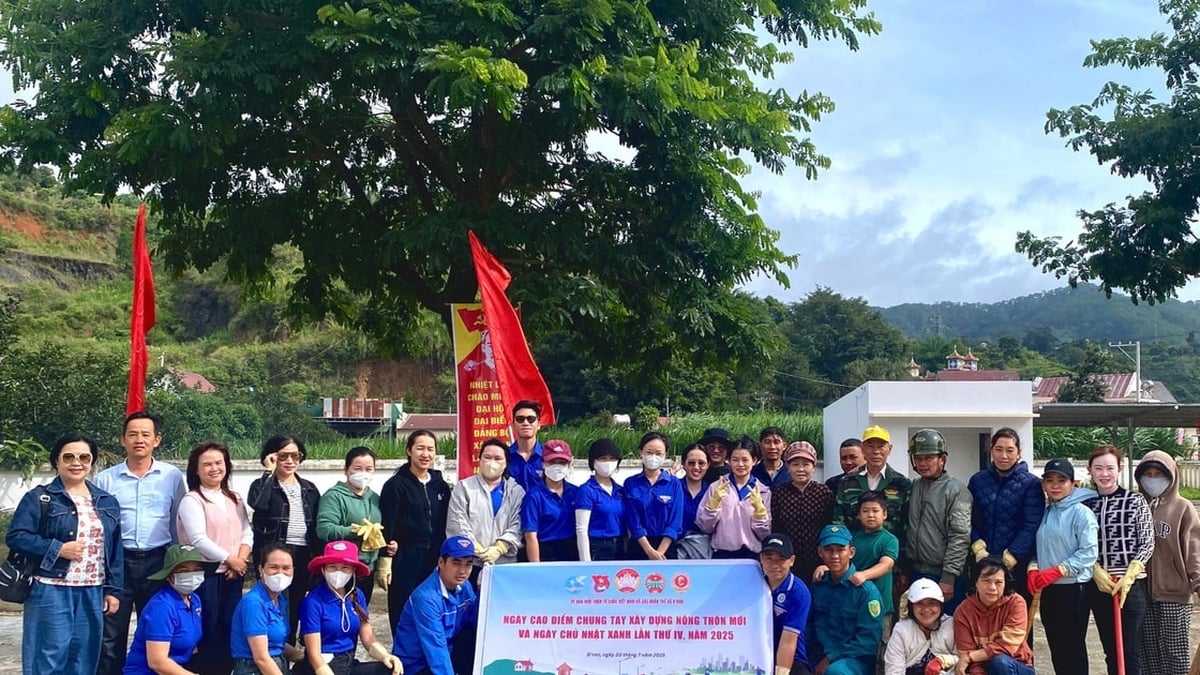
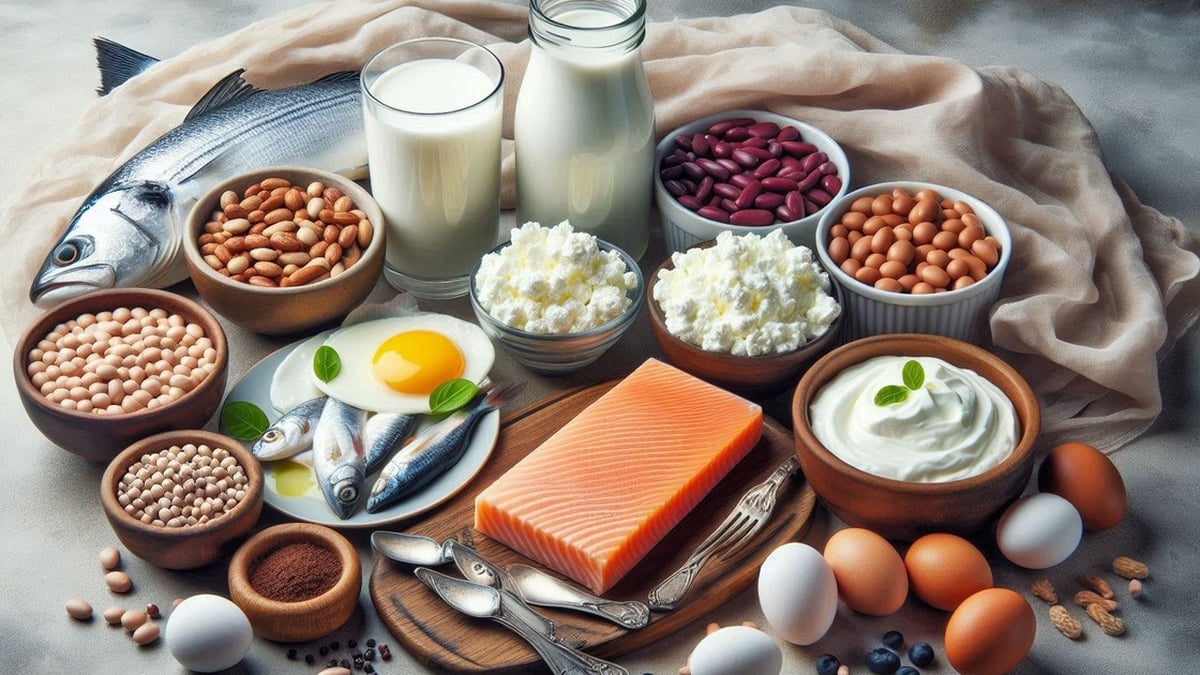

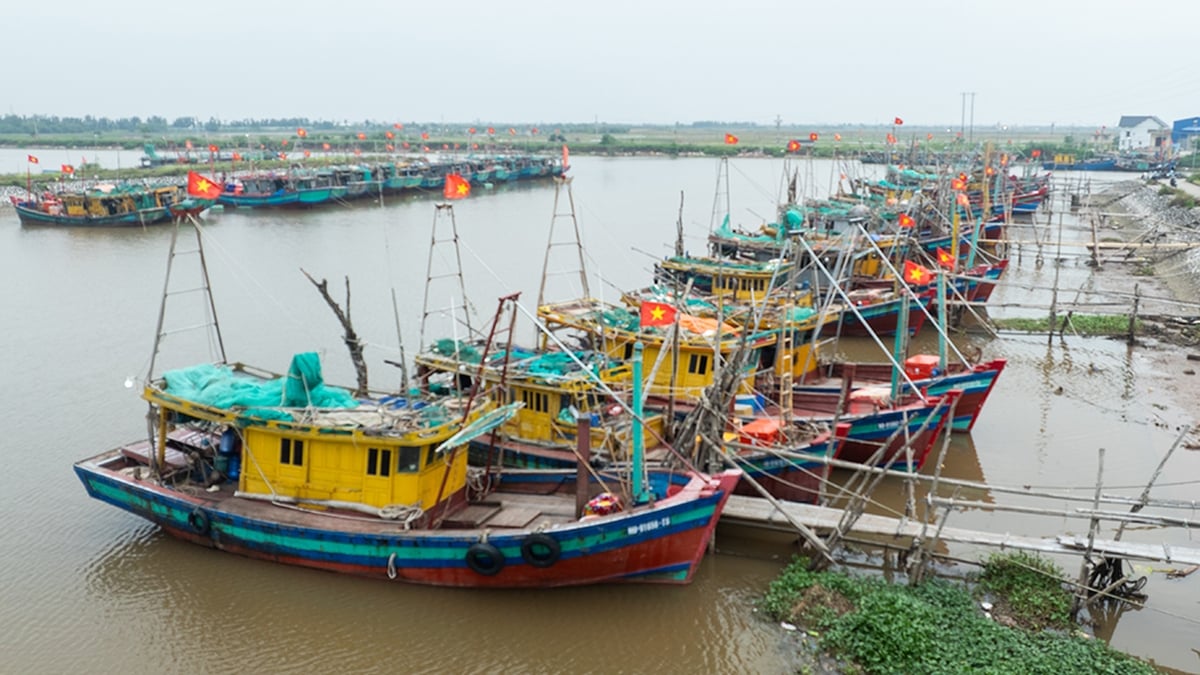
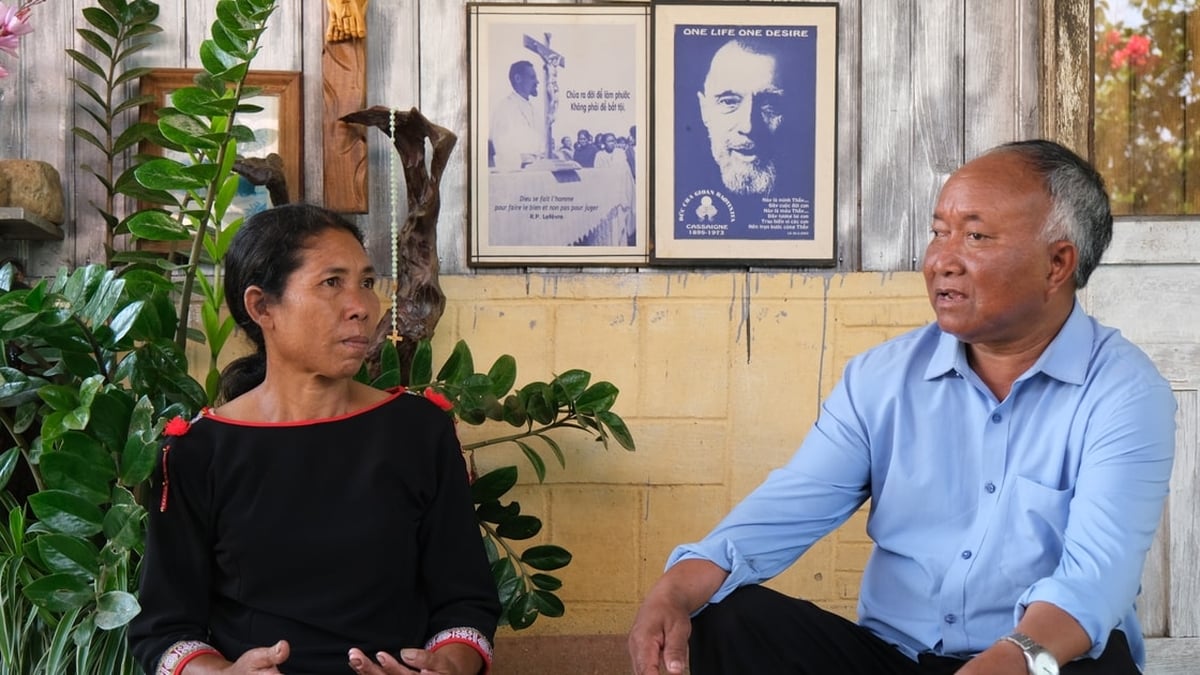

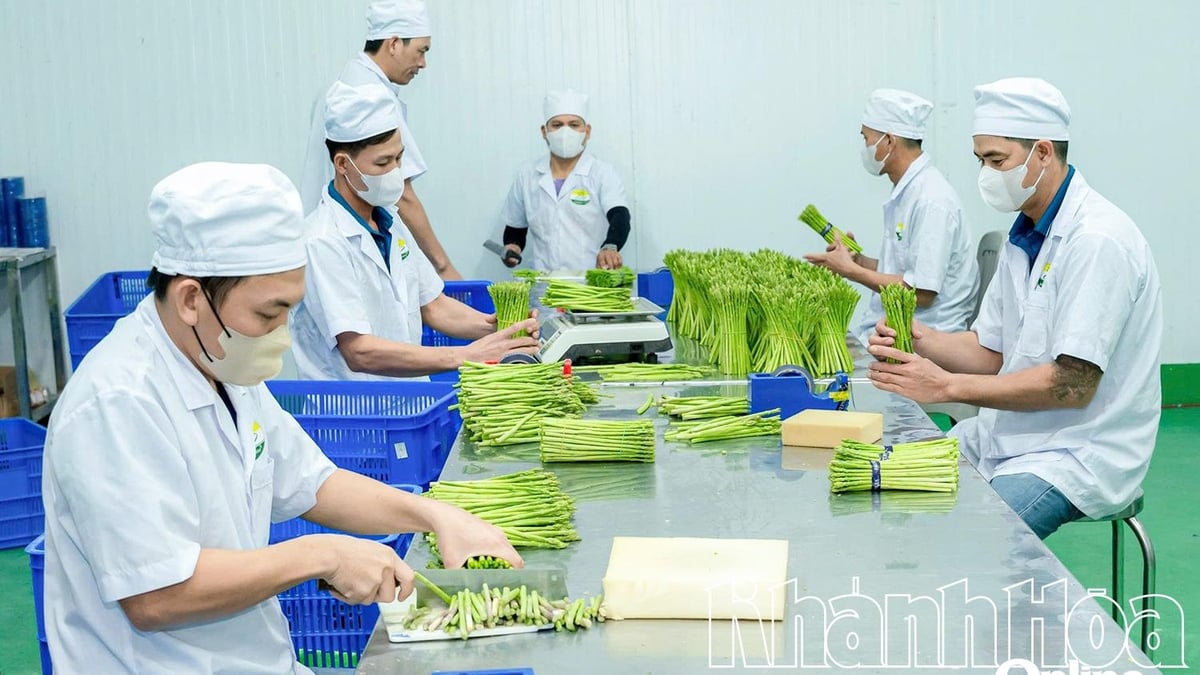
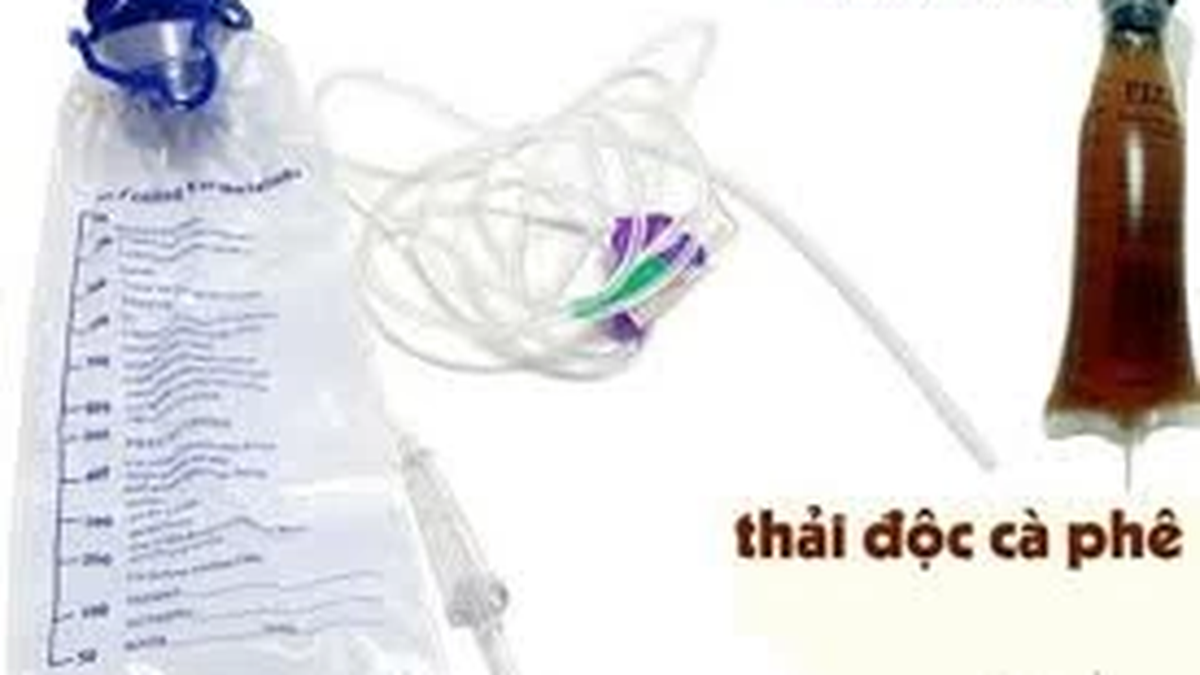


















![[Photo] National Assembly Chairman Tran Thanh Man visits Vietnamese Heroic Mother Ta Thi Tran](https://vphoto.vietnam.vn/thumb/1200x675/vietnam/resource/IMAGE/2025/7/20/765c0bd057dd44ad83ab89fe0255b783)





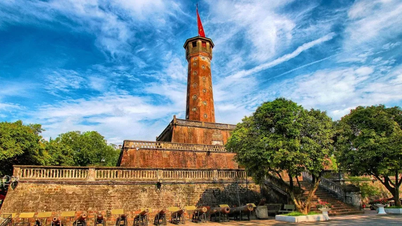






















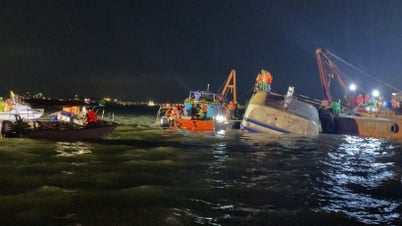


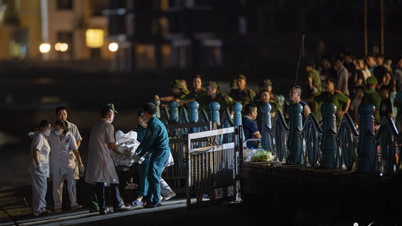

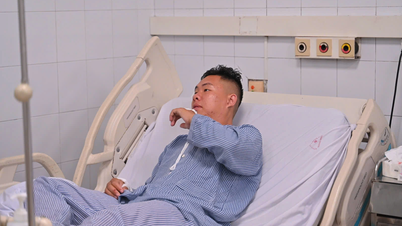
































Comment (0)